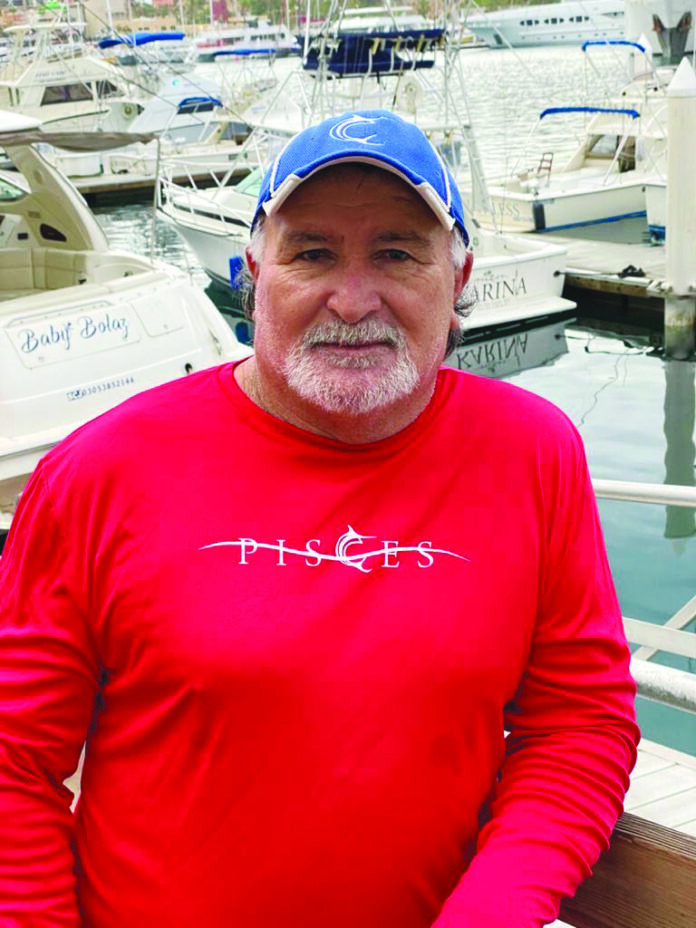By Rebecca Ehrenberg
Special to Western Outdoor News
This year’s “Local Legend” Award has been given to Captain Julio Castro Verdugo, a renowned Captain from the Pisces Sportfishing Fleet in Cabo San Lucas. Now, if I told you that he was named “Top Captain in the World by the Billfish Foundation for the Most Striped Marlin Released in a year” for two consecutive years (2005, 2006) and that he’s a key part of Pisces Sportfishing’s Conservation efforts (IGFA’s Lifetime Achievement Award for Conservation), or that he has won first place in the International Light Tackle Association Tournament, and has made it to the scale several times over in the WON Cabo Tuna Jackpot, would this be all you need to know? And what is it that makes someone a legend anyway?
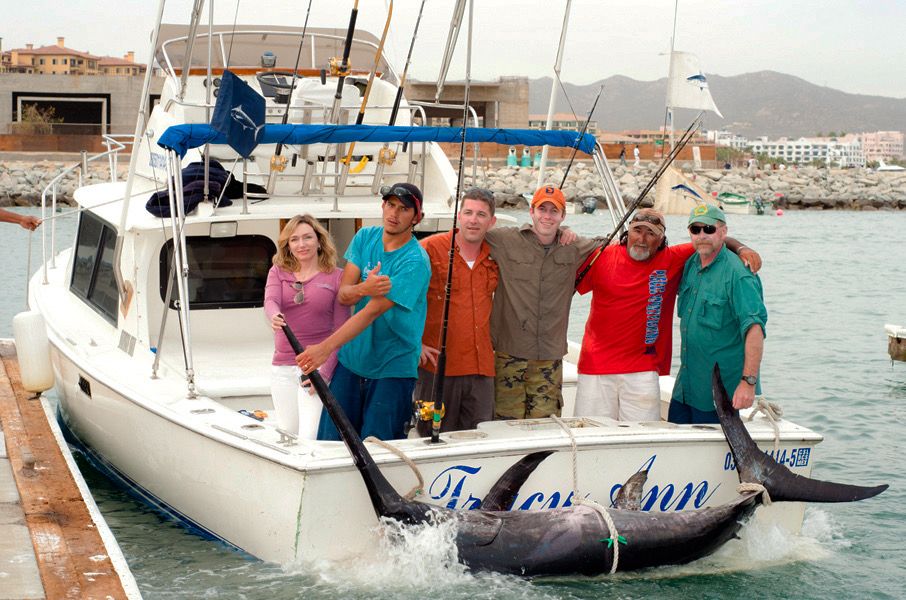
Julio has the ocean written all over his face as a result of fishing almost daily for the past 50 years. I have known Julio for my whole life, and I remember growing up watching his fishing prowess and tenacity with awe. He has always boasted a goatee and kept his hair slightly long, a few tufts peeking out from under his signature Pisces hat. His once dark brown hair is now a lovely shade of gray. He has kind, dark eyes — eyes that have served him well with an ability to spot fish from miles away. Eyes that have found fish, before the time of gyro-stabilized binoculars and fish finders.
“I started fishing professionally in 1983, when I was 18 years old, as a deckhand, in the small town of La Ribera. I learned a lot from the local fishermen. They were great Captains and Mates”, Julio says.
Today, La Ribera is still considered a small town on the East Cape of Southern Baja, with around 2,500 local residents, and located about a 2-hour drive from Cabo. But 60 years ago, the population of La Ribera was only 436 people. This is where Julio was born, where his father and brothers fished and where he learned to love fishing.
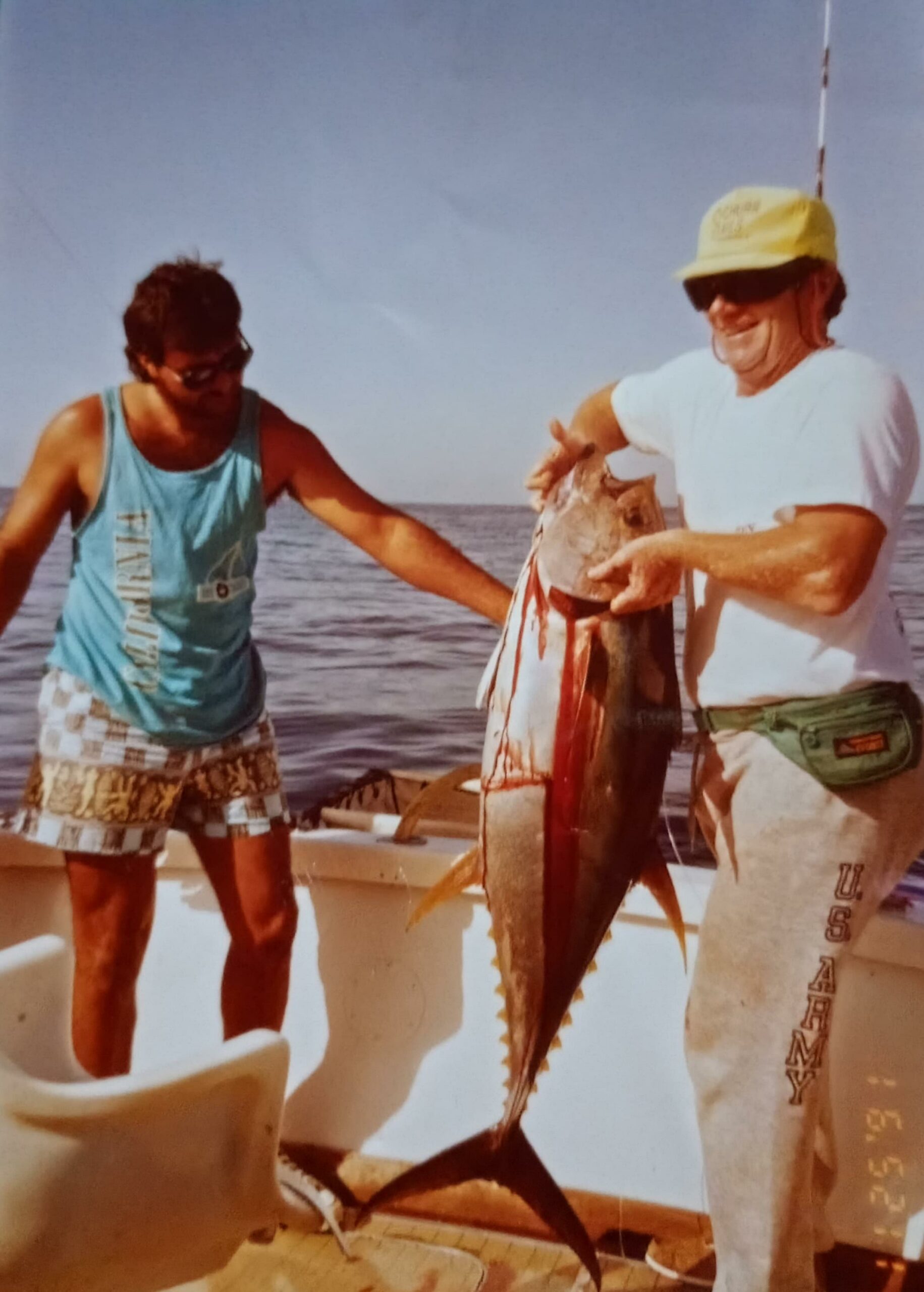
As we speak, he recalls, “When I was a very young boy, maybe 7 years old, I would take my hand line and go to the shore, and I would put my hook on it and I would sit there at the edge of the ocean and wait. And in those times, you needed to catch fish to survive. The hours passed, and I wouldn’t catch anything. I’d wrap up my little fishing line and I would walk home. But the next day, I went back. And the next. And that’s how I began to love fishing. And let me tell you, when you begin to love fishing, everything related to working as a fisherman comes easy. You learn quickly because, it’s in you.”
The excitement rises in his voice and his eyes light up. I can see him remembering those moments as a little boy, in that tiny town, sitting alone with his fishing line and the sea. I picture him perfectly. Then he says quickly, “I really am getting excited remembering this and the love I feel for fishing, because you know what? Every time I go fishing, I get excited. Even today, all this time later, I get excited. And I break my back every time I’m out there alongside my deckhand, and I put my heart into finding fish for my clients. I want them to feel that same excitement. I want to find them those fish. That’s my job.”
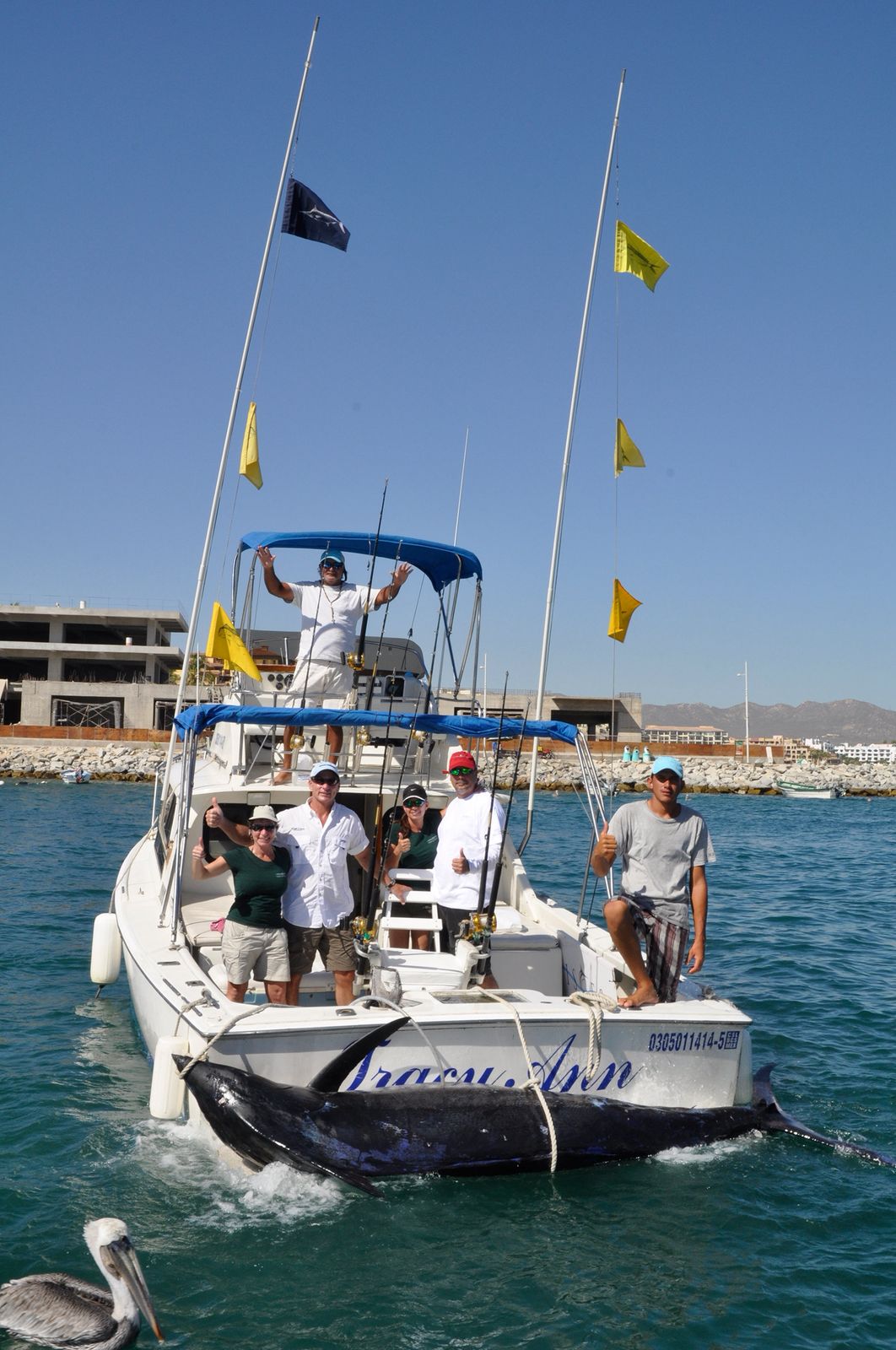
Julio goes on, “When I arrived in Cabo, I started working in Pisces. I met Marco Ehrenberg (owner and founder), because two or three guys from La Ribera were working in the fleet already. He didn’t have a job available, but he said, ‘wait for me,’ And he put me in as a mechanic which I didn’t know anything about! But I wanted to be there, I wanted to fish — so I waited. Then I started as a Mate and worked alongside Captain Leon Camacho for many years.”
Leon was one of the first Captains in the fleet, who started at the fleet’s inception when the boats were located in La Paz. Julio remembers his time with him fondly and goes on to tell me a story of one of his earliest and biggest catches in his sportfishing career, aboard the 31-foot La Brisa.
“We had already had a good day fishing, with 5 guys aboard and some nice dorado caught. I was filleting them on the back of the boat when all of the sudden, Leon spots a blue marlin. It looked huge, and it was chasing some dorado. He yells at me, ‘Use that dorado you have in your hand that you’re about to fillet! Use that as bait!’ So I put the hook into the dorado and cast it out, and sure enough, that monster of a fish took it. The guys aboard had never really fished before, and they struggled to fight it. Four hours fighting until it came up dead. When the guys saw the fish they all yelled ‘it’s a whale!’”
Julio laughs as he remembers this. The fishermen had never seen any fish this size nor could they imagine this being a marlin, and even with Julio explaining that this was indeed a billfish, they were in shock and only believed it when they finally managed to get it on the boat. The blue marlin weighed over 780 pounds when it made it to the dock.
He goes on, speaking of his love for the job and for fishing. He thinks about all the different pieces in play, making it happen. He says, “See it’s like this, if you’re a racecar driver and you have the guts to be the best racecar driver there is, and you have a good team that has your back, and a good car, and you truly want to be a good driver, then its already a 99% chance that you’re going to be a champion. So if we have a good boat like we do, and a good team, and a great boss, then it will be a very-rare day when we don’t catch fish. You see what I mean? And if on top of that, you know the ocean, the weather conditions, and with your experience, then even if it’s one little fish, you’re going to land it.”
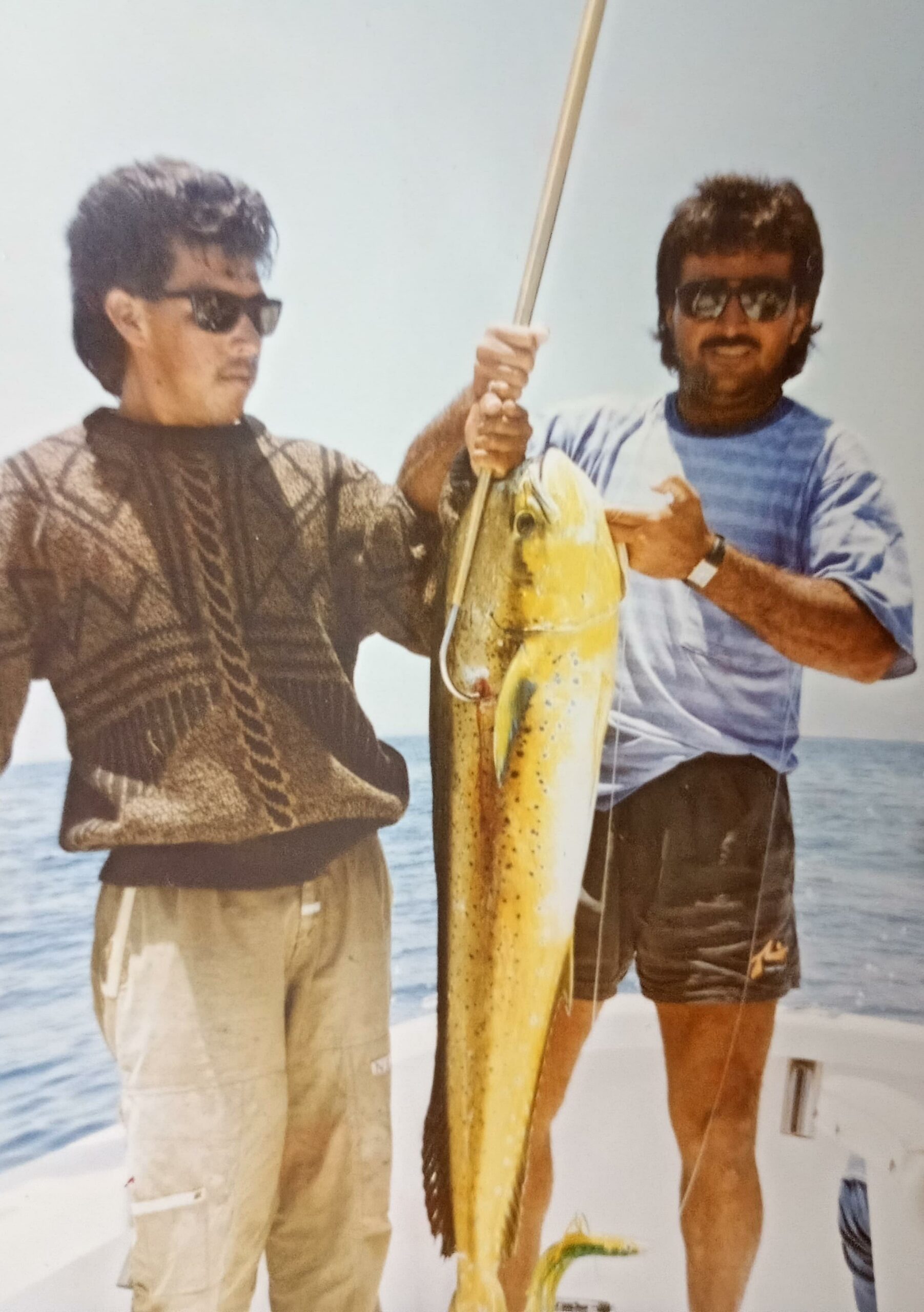
Pisces has kept records and fish reports daily since the Fleet’s inception in 1978. The catch success rate is calculated by recording the number of times each boat caught fish in relation to the number of days they fished. In over 30 years, Julio’s catch success rate never once fell bellow 85%. Day in and day out, putting in his whole heart. There were years where his success rate was over 90%, fishing over 300 days a year. On a 31-foot Bertram no less, without all the ‘bells and whistles’ we see now in many vessels in the sportfishing industry. When you think of it like this, you realize what an accomplishment it truly is. Imagine a quarterback or a soccer player with those numbers. Scoring 90% of the time. They would be untouchable.
Julio and I touch on how things have changed since he began fishing so many years ago, and he lights up as he talks about catch-and-release for bllfish, something he is passionate about. “When I started in the fleet, Tracy and Marco talked a lot about taking care of billfish; it wasn’t common practice then, but we were given the task to try and catch and release Marlin 100%. And now it’s not only Billfish that we think of, but also respecting limits on other fish that we keep as well.”
Then he goes on to tell me about the time they released an almost 300-pound yellowfin tuna, which they tagged as well. He laughs as he remembers the story of releasing an approximate 600-pound blue marlin. Aboard was a client who had fished frequently with him and was quite specific about how he liked to fish, so Julio actually told his deckhand, Edgar, to take the wheel as they were almost heading back and were going to change lures. He would work the deck.
Julio went on to explain, “This guy had brought his own lures and he had three lures that were exactly he same. I mean exactly. And so I asked, half-jokingly, which one he wanted to put out. Three lures, all the same, and he said, ‘This one.’ It was the middle one. I said, ‘But they’re the same! What does it matter?’ But he insisted, ‘No, this one, I trust this one more’. Not only this but he wanted a short leader, I mean, the thing was tiny, maybe 3 feet long. Sure enough, shortly after, there at Cabeza Ballena area, this huge blue marlin hit.”
Now this was a challenge: a leader that short, a fish that big and the crew going for the release. Julio was thankful that the client was actually a good fisherman and fought the fish well. It took them two hours to get the behemoth marlin close to the boat. Julio and Edgar thought his best option was to cut the line when they got it close enough, but the client insisted that he wanted his lure back.
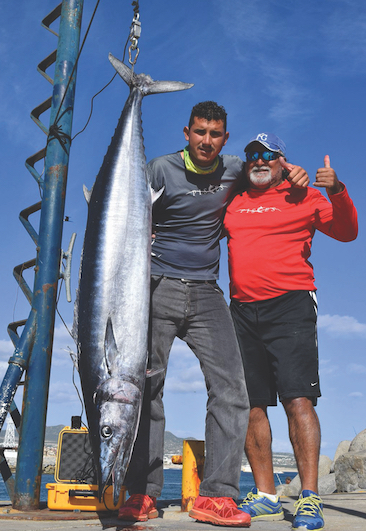
Julio laughs, “The guy said to me, ‘I’ll give you $100 bucks if you get my lure back’. So I accepted and told Edgar to reverse the boat as hard as he could when the time was right. I was young then, you know, I was strong.” He laughs again, “And what do you know, it was a beautiful maneuver, in one fell swoop, I had the marlin freed and the lure in my hand. The guy was surprised I managed to do it and said, ‘Oh, my lure! Give it to me’. But I said ‘no, no, give me my hundred bucks first!’ We settled on exchanging both at the same time.”
I go on to ask what, if anything, he would like to “leave behind” so to speak, and he tells me this is something he actually talks about often with the other fishermen he works with.
“I hope that the guys in the fleet that come after me keep being responsible with the fishery and what’s to come. I say to them, ‘Do it with love. This job is beautiful. Don’t just go out and say, ok, I’ve filled my quota, and just go out there and try to ‘catch’. See, it doesn’t matter if you even catch the fish, it matters that you did everything to find them, Sportfishing is not catching. It’s so much more than that. For me it’s a job and a responsibility that I take very seriously. It may be considered a sport, and definitely the clients that come fishing do it as a sport and for fun, but for me it’s the most important job in the world. The crew that come after me, when I’m gone, they have the responsibility to carry that on in the future. A sportfishing that comes with love and respect, with patience and perseverance. And we need to take care of it, too. If we don’t take care of our fishery, the day there is no fish, Cabo will disappear.”
As our conversation came to an end, Julio touched on the fact that he will be retiring beginning next year after 27 years as Captain of the 31-foot Bertram, TRACY ANN. His voice broke as he told me this. Then he took a moment to compose himself and said, “It hurts my soul to think of that day. It breaks my heart, thinking of leaving Pisces. But every cycle must come to an end. This is where I grew up and this is where I grew old. We did it all. I am so grateful.”
I ask Julio what plans he has for retirement. He speaks of building his house back in his hometown of La Ribera. I picture him there once again, 60 years later, with his gray goat-tee and slightly long hair, no doubt, wearing his Pisces hat. Back on the shore, still doing what he loves the most. Same twinkle in his eyes. Those eyes that served him so well on the water, day in and day out for 50 years.

